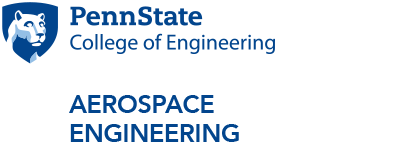Ultra high-speed variable focus optics for advanced beam delivery in materials processing and imaging applications
Abstract: The ability to rapidly change the focal plane of an optical system or rapidly change the intensity distribution in a given focal plane has many important applications in real-world systems ranging from high powered laser processing to detailed high-resolution microscopy. For all these practical uses, a fast, tunable optical element with low aberration and high transmission coefficient is necessary, yet few viable systems exist. Here we present an overview of the existing technologies to achieve highspeed z-scanning in optical beam delivery systems. Benefits and disadvantages of the different technologies will be discussed with particular emphasis on resonant scanning devices. We discuss implications of rapidly varying the focal position on micro-machining of both opaque and transparent materials as well as on overall processing throughput. Resonant focal scanning methods have great potential for improving the micro-machining efficiency of conventional systems and also open the door to high-efficiency laser processing on uneven topographies or within the bulk of a material, challenges that have been traditionally difficult to overcome.
Bio: Craig B. Arnold is the Susan Dod Brown Professor of Mechanical and Aerospace Engineering at Princeton University and the director of the Princeton Institute for Science and Technology of Materials. His research ranges from basic science to applied technology aimed at developing a deeper understanding of fundamental materials synthesis and processing with interests in, laser materials processing, novel material architectures, and advanced optics. He earned his PhD. in condensed-matter physics from Harvard University and was an NRC post-doctoral fellow prior to joining the faculty at Princeton. He has earned numerous accolades for his work in materials processing including the Edison Patent Award, an R&D 100 award, the Laser Focus World-OSA technology innovation award, and the SPIE PRISM award for photonics innovation. Prof. Arnold is a fellow of OSA and SPIE.
Additional Information:
For Zoom link and password, please contact Lisa Spicer at lms8@psu.edu
Media Contact: Lisa Spicer



